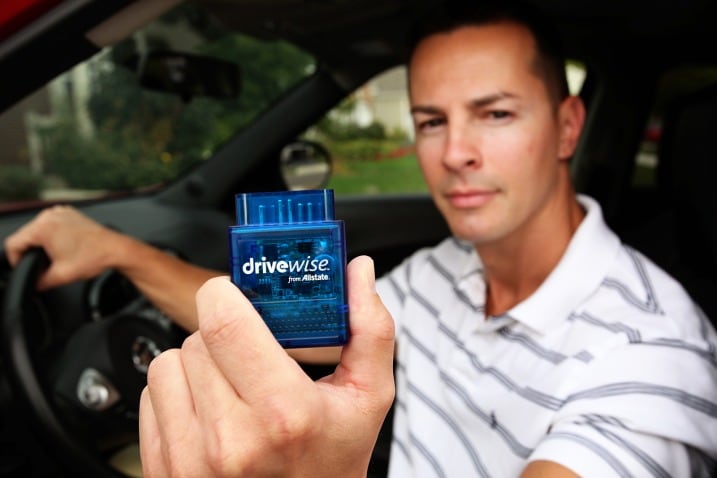In recent years, nine of 10 top U.S. auto insurance companies have started selling policies based on how motorists drive. At least a handful of pay-as-you-drive policies are offered in every state, covering as many as 3 million U.S. vehicles, according to industry estimates. Switching to use-based insurance (UBI) could help you save a little or a lot over what car owners spend on premiums associated with a more traditional policy.
If you're considering changing to a UBI plan, it pays to understand what you're getting.
Carriers set UBI rates by collecting mileage or other information directly from your car, but similarities among policies end there. Some insurers use a small, meterlike electronic device that plugs into a car's onboard diagnostics port to store or transmit information. Newer versions gather driving data through an app and a smartphone connected to a car's infotainment or telematics system.

